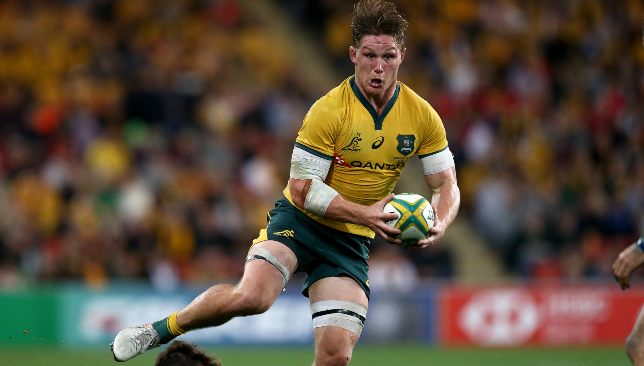
It is nearly five years since the Wallabies reached the 2015 World Cup final when a team full of star names stamped their authority on the game and finished the season second in the rankings.
Much has changed since then, though. Their status as a leading rugby nation is now under serious examination. A disappointing 46 percent win ratio since that World Cup decider at Twickenham has them lying seventh in the world and devoid of confidence.
A World Cup quarter-final defeat to England last October has added to Rugby Australia’s mounting misfortunes, which included the exit of CEO Raelene Castle, an out-of-court settlement with Israel Folau, a declining audience, and allegations of mismanagement.
Just last week, there were more signs of uncertainty as the governing body announced that one third (47) of their 142 staff have been cut, with further cuts set to affect Super Rugby franchises.
It is a difficult time across all of sport amid the Covid-19 pandemic and Rugby Australia must support national programmes to give the country the best chance of returning to their former international glory.
However, in Australia’s highly-competitive sporting landscape, is the declining interest in union circumstantial or is it cultural?
Australia has one of the highest overall participation rates for rugby union in the world with 230,000 registered players, below just France, South Africa and England. Yet it is only considered the ninth most popular sport in the local market, behind the likes of aussie rules, rugby league, football, cricket, golf, tennis and basketball.
Granted, it’s not all gloomy with the junior side runners-up at the 2019 U20 Rugby World Cup. They lost against France in the final, but displayed a glittering brand of rugby along the way. Plus, at schoolboy level, they showed further glimpses of promise, beating New Zealand for the first time in seven years.
Participation is also growing strongly in the women’s game. After the success of the inaugural Super W campaign in 2018, there was a 20 percent rise in the numbers of girls playing the sport. And for sevens rugby, the women’s team made history at Rio 2016, winning the Olympic gold medal. Their popularity continues to soar, recognised by the fact that Rugby Australia made them full-time athletes, setting their minimum wage equal to their male counterparts.
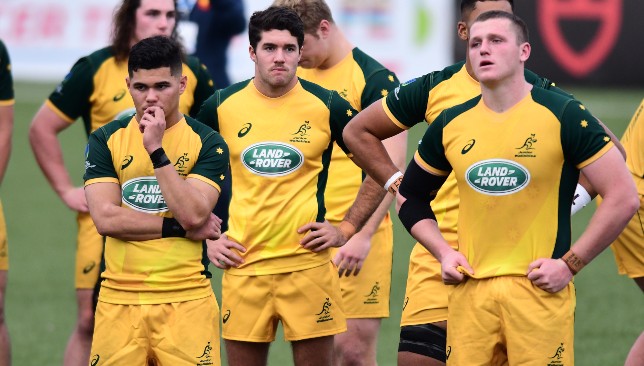
But even if there are some signs of promise, there is deep concern surrounding the Wallabies’ lack of recent success. They last won the Rugby Championship in 2015 and, on the local front, have not lifted a Super Rugby title since 2014.
And the senior side’s diminishing competitive powers is seeing sports-mad fans with plenty of options for entertainment, turn their attention elsewhere.
A devastating set of statistics underlay this slump, highlighted by a 43 per cent drop in the average Super Rugby audience in Australia since 2013. Within that figure, there is a key demographic slump with the 16-39 age bracket recording a 73 percent decline in Australia.
What’s interesting is that when Super Rugby was 12 teams in 1996-2005 the win rate was 68 percent. In the 2016 to 2019 period it dropped to 45 percent. The fact that rugby league, aussie rules and Test cricket is on terrestrial television, while rugby union is on paid television is one of the reasons for this slump.
These numbers churned out by Gemba Group, a leading Australian sports consultancy, whose conclusion was that Super Rugby wasn’t working and that Australia should instead prioritise on a domestic competition of their own.
To their detriment, Australia, with a population of about 25 million people, boasts a wealth of promising athletes across many different sports.
For any young player, it will be difficult to make a decision on what sport to focus on, given the large number of playing options available. It is the land of opportunity if you are a young athlete.
Australia has the most competitive sporting landscape out of any of the top rugby nations, in the sense that their homegrown leagues, the AFL (Australian Football League) and NRL (National Rugby League), are vastly more successful than Super Rugby.
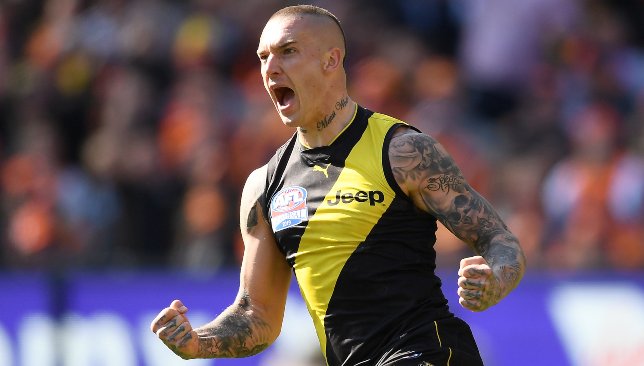
As a highly-talented young athlete, there are simply more options in the NRL and AFL with 16 and 18 professional teams respectively, compared to just four clubs in Union.
Salaries are higher as well in rugby league and AFL and there is increased job security with more teams available, which means players’ attentions are easily swayed.
However, it’s not just competition from other more appealing leagues which is damaging Union.
Another significant blow to its popularity was when Perth-based team Western Force was axed from Super Rugby in 2017 during a cost-cutting overhaul in Australia.
The Western Force created a pathway for players to join the Wallabies and popularised the sport in a state without a team in the NRL.
The absence of a side from Western Australia – with a population of nearly three million people – involved in Super Rugby has made it more difficult for rising stars from the area to have a crack at the professional game.
A clear pathway into the senior set-up is definitely something Rugby Australia needs to address. If the game is to grow outside of the private schools, which it has traditionally been associated with over the years, then it will need to be done within the club environment and at grassroots level. Money needs to be spent to build a support base in traditional league communities and unearth talented young players outside of New South Wales and Queensland.
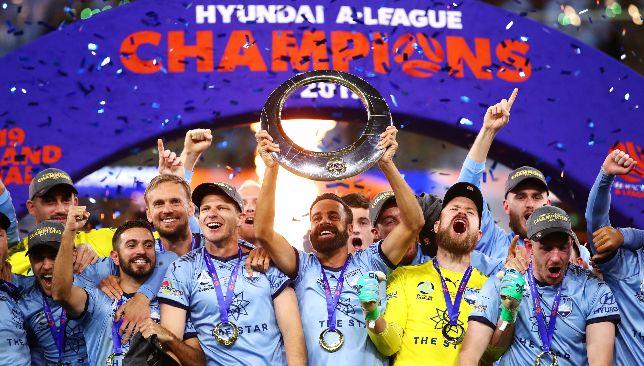
In terms of participation numbers, soccer is the highest participation team sport in Australia for young kids under the age of 15 with 14.8 per cent playing football, compared to 8.5 per cent for Aussie Rules. Kids love attending AFL games, however, soccer is viewed as being more popular to play and it is growing every year.
A wave of emigration to Australia in recent years has seen many people come from mostly non-traditional rugby nations that favour non-contact sport. As a result, the thirst for rugby has decreased in some cities.
In Sydney, for example, historic private schools which have produced Wallabies like King’s School, Barker College and Newington School have gone from five teams per age group to just two or three. This would have been unheard of 10 years ago.
On the north shore, there were 650 kids registered at the famous Lindfield Rugby Club, home to Wallabies legend Stirling Mortlock, in 2015. Now, the numbers are as low as 400. That’s one of the many examples across the country.
It is rare to see a young kid in parts of Sydney, Brisbane or Melbourne wear a Wallabies jersey. Some of these children wouldn’t even know who the star players are. In Melbourne, if you were to open a 10-page sports section, seven could be dedicated to AFL, two for horse racing, and then half a page each for soccer and union.
And, as Union is culturally considered to be associated with wealthy and privileged people, some of the registration fees for local clubs are too expensive and need to be reduced to encourage new or existing members.
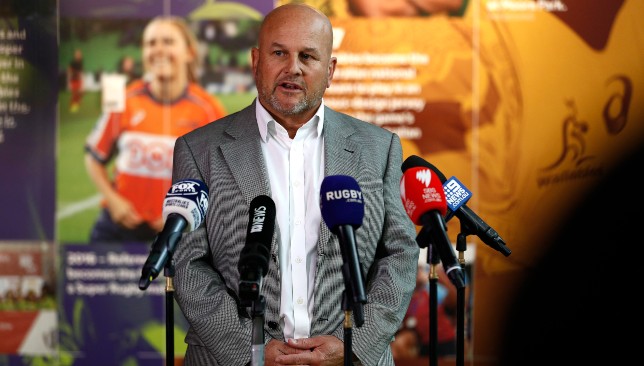
In some clubs across the country, membership fees are $250 per year, in comparison to just $30 and $25 per annum for AFL and rugby league clubs respectively.
While there are some factors it can influence like making the sport accessible for all Australians, and making a presence in public schools to combat AFL, football, league and cricket, there are others it can’t, especially in its lack of popularity in a highly-competitive domestic sports market.
Super Rugby matches attracted an average television audience of 71,000 per match last year. This was less than the AFL’s 167,000, the NRL’s 164,000 and the A-League’s 51,000.
What makes AFL more appetising for fans than union is its free-flowing nature, with fewer stoppages, more turnovers and players’ freedom of position. Fans love watching the ball move. And with a nationwide appeal, where one in every 25 Aussies are members of an AFL club, it has more of a foothold than any other sport across the country.
For the NRL, it is huge in New South Wales and Queensland, but apart from the State of Origin – annual best-of-three matches between two state representative sides, it doesn’t generate anywhere near the same passion as AFL.
What makes rugby league appealing for supporters is that it attracts people from all walks of life. The professional competition is an exciting, open league where different teams can contend for the championship on a regular basis.
Of the 16 clubs in the NRL, 12 different teams have won the championship since 1995, and two of the other four teams have reached the final. Having a close competition makes it gripping for any admirer of the sport.
Both AFL and NRL are on free-to-air television and its nationwide footprint appeals to people from all classes, while union still has the private schools stigma attached to it.
Wallabies matches are on free-to-air television, however, due to broadcasting rights, Super Rugby games can only be watched on pay-per-view television. And because of difference in time zones with New Zealand, South Africa, Japan and Argentina, they are often screened at unsuitable hours.
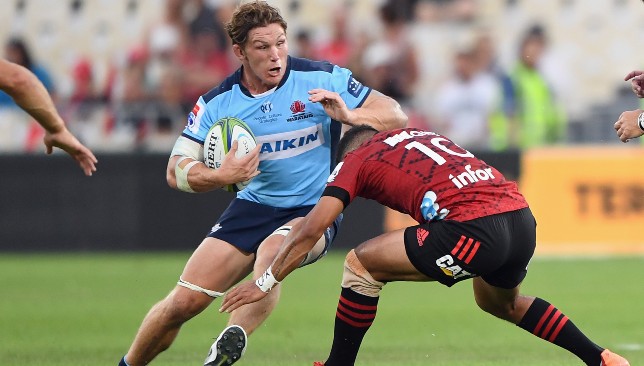
When the new broadcasting contract is signed over the coming months for 2021-2026 Super Rugby rights, Fox Sports Australia is reportedly only in a position to offer $10-18m a year, compared to their current figure of $57 million per season. A staggering drop.
The lack of recent success for the Wallabies hasn’t helped the decreasing TV audience, dwindling numbers of match-going fans and sponsorship opportunities. Coupled with this is the fact that they have not wrestled the Bledisloe Cup from New Zealand’s grasp since 2003. Beating their Trans-Tasman rivals more often would win back disillusioned fans, as tough of a task as it may prove to be.
The governing body need to act in a bid to help them return to their former higher standards. Otherwise, the game runs the risk of remaining in a state of constant crisis.
They must find ways to grow further interest in the sport, inject more money into grassroots level and increase community engagement in working class communities.
A new domestic competition could stem the waning numbers and allow Rugby Australia to concentrate on the Wallabies and its elite pathways, and generate much-needed income to prevent a mass exodus of players overseas.
This model will engage fans most, especially the traditional rivalries, and go back to the core of where Australia’s strength is. At the end of the season then, the Super Rugby competition can act as a Champions League style tournament.
The athletes are definitely there for union to be a driving force again. It’s just caught between many popular sports in a sports-obsessed nation.
While getting back to winning ways is the most important thing for the Wallabies, Rugby Australia need to show the leadership and put a clear sustainable plan in place to help build the sport.